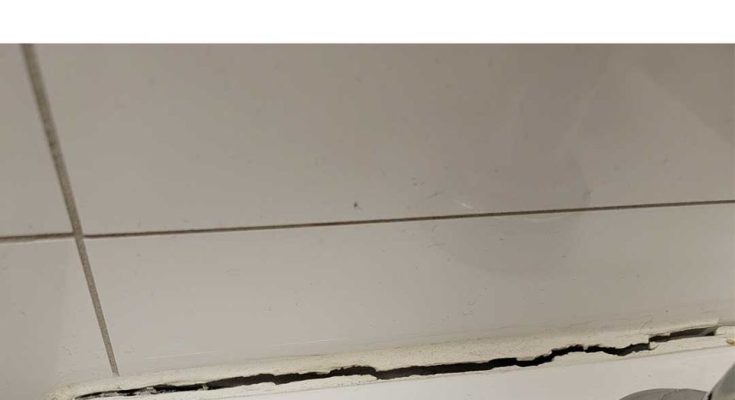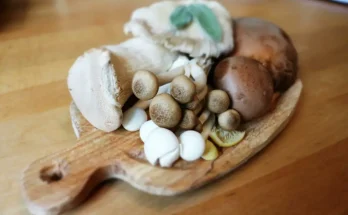|
Bathroom maintenance can often feel like a daunting task, especially when it comes to dealing with cracked caulking. This common issue not only affects the aesthetic appeal of your bathroom but can also lead to water damage if not addressed promptly. My dad, a seasoned DIY enthusiast, shared with me a simple yet effective method to fix cracked bathroom caulking without the hassle of removing it entirely. This technique saves time, effort, and money, making it a perfect solution for those who want to maintain their bathroom’s integrity without a complete overhaul.
Understanding the Problem with Cracked Caulking
Cracked caulking in bathrooms is a prevalent issue due to the constant exposure to moisture and temperature fluctuations. Over time, caulk can become brittle and lose its adhesive properties, leading to unsightly cracks and gaps. These imperfections not only detract from the bathroom’s appearance but can also allow water to seep through, potentially causing mold growth and structural damage. Addressing cracked caulking promptly is crucial to prevent these problems from escalating.
Materials Needed for the Caulking Fix
To execute this repair method, you’ll need a few basic materials: a tube of silicone caulk (preferably in a color that matches your existing caulking), a caulk smoothing tool or a plastic spoon, a utility knife, rubbing alcohol, a clean cloth, and painter’s tape. These items are readily available at most hardware stores and are essential for ensuring a smooth and long-lasting repair.
Step-by-Step Guide to Fixing Cracked Caulking
Begin by cleaning the cracked area with rubbing alcohol and a clean cloth to remove any dirt or soap residue. This ensures that the new caulk will adhere properly.
Next, use painter’s tape to mask off the areas adjacent to the crack to create clean lines and prevent excess caulk from spreading.
Carefully apply a thin bead of silicone caulk over the crack, ensuring it fills the gap completely.
Use a caulk smoothing tool or the back of a plastic spoon to smooth the caulk and remove any excess.
Allow the caulk to cure for at least 24 hours before exposing it to water.
Why This Method Works
This method is effective because it addresses the problem directly without the need for complete removal of the old caulk. By applying a fresh layer of silicone caulk over the existing cracks, you create a new, watertight seal that prevents moisture from penetrating the surface. Silicone caulk is highly flexible and durable, making it ideal for areas that experience frequent temperature changes and moisture exposure. This approach not only saves time but also extends the life of your bathroom caulking.
Additional Tips and Precautions
When applying the new caulk, ensure that the bathroom is well-ventilated to allow the caulk to cure properly. It’s also important to choose a high-quality silicone caulk to ensure a long-lasting repair. If the cracks are extensive or the old caulk is severely degraded, it may be necessary to remove the old caulk entirely before applying the new layer. Always follow the manufacturer’s instructions on the caulk packaging for the best results.
Conclusion and Final Thoughts
Fixing cracked bathroom caulking doesn’t have to be a labor-intensive process. With the method my dad shared, you can efficiently repair cracks and restore your bathroom’s appearance and functionality. This simple yet effective technique not only saves time and money but also helps prevent potential water damage. By maintaining your bathroom caulking, you ensure a clean, safe, and aesthetically pleasing environment for years to come.
|
Wow, I never knew this!



